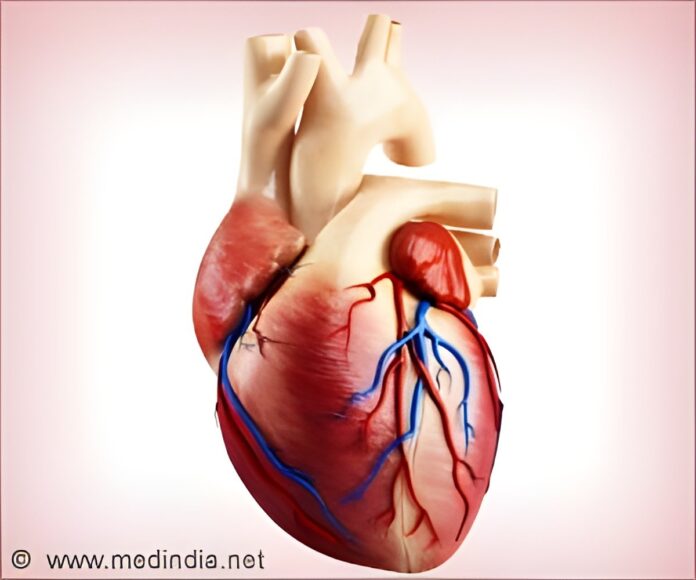MRI method measures the ‘true age’ of your heart. Often older than you think.
This breakthrough could catch heart disease early and motivate healthier living.
Imagine walking into a clinic at 45, only to find out your heart is functioning like it’s 60. Shocking? Thanks to a groundbreaking MRI technique developed by researchers at the University of East Anglia, this hidden truth about your heart can now be uncovered. This innovation doesn’t just check your heart’s structure—it measures how young or old your heart really behaves. The best part? It can help detect heart disease before symptoms even show. Intrigued? Let’s dive in (1✔ ✔Trusted Source
Cardiovascular Biomarkers and Imaging in Older Adults
Go to source
).
Understanding Heart Aging
As we age, our bodies naturally undergo changes—but the heart tells a deeper story. While your chronological age is counted in years, your functional heart age is measured by how well your heart performs. Unhealthy lifestyle choices—like smoking, poor diet, and lack of exercise—can accelerate heart aging, even in younger individuals. A 40-year-old may unknowingly have the heart of a 55-year-old. This early aging can increase the risk of heart attacks, strokes, and chronic heart conditions. Knowing your heart’s true age can be a wake-up call to change before it’s too late.
New Advances in MRI Imaging
Traditional heart tests often catch problems once damage is done. But the new MRI technique developed at UEA takes heart imaging to the next level. It uses high-definition scans to measure the size, strength, and movement of heart chambers—allowing doctors to calculate your heart’s Biological age. In their study of over 550 people, researchers found that those with conditions like obesity, diabetes, and high blood pressure had hearts significantly older than their actual age. This kind of imaging could soon become a standard part of preventive heart care worldwide.
Why It Matters—Especially for Older Adults
With the global rise in older populations, there’s a growing need for diagnostics tailored to aging bodies. Many tests validated in younger people may not work as effectively in seniors due to changes in body composition, organ function, and priorities. A joint review by the American College of Cardiology and National Institute on Aging emphasized this gap. That’s why tools like MRI heart age scans are revolutionary—they provide personalized, predictive insights into cardiovascular health. For older adults, it could mean earlier intervention, better quality of life, and fewer hospital visits. Knowledge is power—and in this case, life-saving.
Reference:
- Cardiovascular Biomarkers and Imaging in Older Adults:- (https://pmc.ncbi.nlm.nih.gov/articles/PMC7540920/#ABS1)
Source-University of East Anglia


